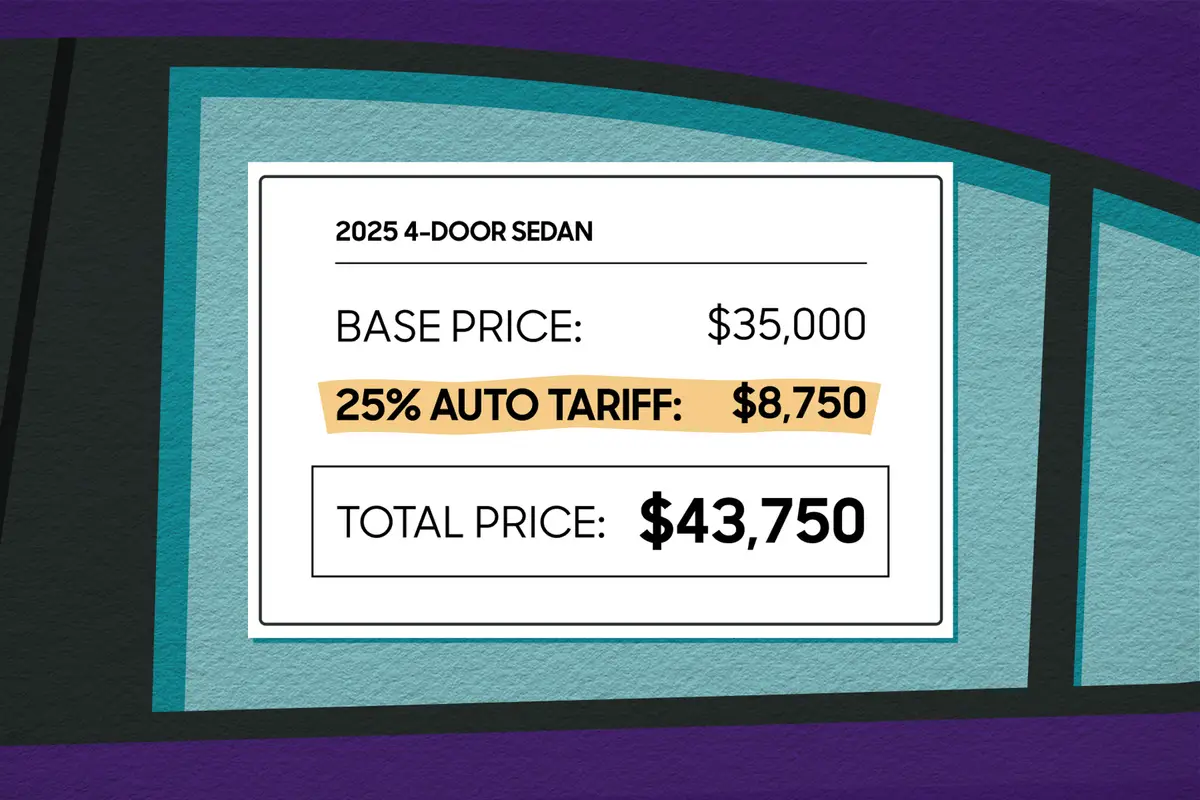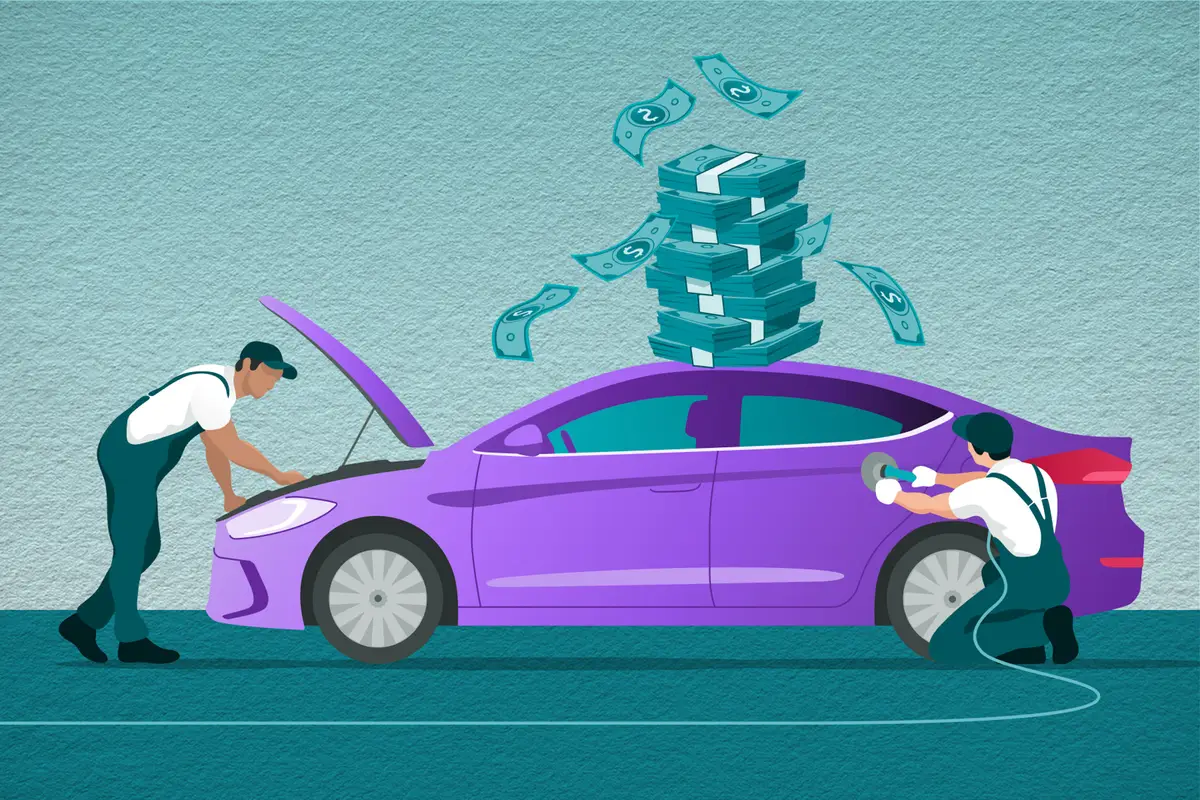Boston.com's view
It was a birth that raised eyebrows among the extended families involved, even though they’re half a world apart: ”The Saab and Subaru families are pleased to introduce a new arrival: The 2006 Saab 9-2X.”
Imagine the reaction.
”Hmmm. It doesn’t drive like anything from our family,” said the relatives from Sweden. ”And look, it doesn’t even have the ignition switch tucked down between the front seats like a real Saab.”
”Well, it sure acts and runs around like one of us, even if it looks more Swedish than Japanese,” said the Subaru clan.
Meanwhile, General Motors, the matchmaker, beamed.
If it looked like a Saab and ran like a Subaru, how could that be a bad thing? Especially in New England, where each marque has a tradition of being a great winter vehicle and each has an almost cult-like following. In this melding of strengths, Saab gets a reliable ”entry-level” vehicle; Subaru sells a lot of engines and running gear (and future replacement parts).
However, this marriage of convenience shook up the motoring press, which immediately dubbed the newcomer, somewhat derogatorily, as ”The Saab-aru.”
This car really does look like a Saab but drives and handles like a Subaru. We approached it with an open mind, but the visual and driving feedback cues are so obvious as to be startling. Still, it’s a good car. What we’re dealing with is a basic Subaru Impreza five-door (compact wagon) with Saab sheet metal, especially noticeable on the front with the three-inlet grille, rounded fender and bumpers, and horizontal headlights. All the visual cues say Saab.
And, if you’re going to copy an all-wheel drive system, why not Subaru’s virtually fail-safe system?
One place where the Saab and Subaru families agree is in having two trim lines. Subaru’s Impreza has its base models and the turbocharged WRX model. Saab has its normal model and then the turbocharged Aero.
Saab-o-philes will look askance at the ”woven textile” (we’d call it rough cloth) upholstery. The seats are fine for local driving, but a bit on the short side for long hauls, and the manual adjustments take some fiddling to find the right balance of height and uprightness.
Our test model was the standard Linear with a 2.5-liter, 16-valve, four-cylinder engine and four-speed automatic transmission. Base price was $22,990. The only add-ons were the automatic transmission ($1,250) and cold-weather package ($600). The cold-weather package added heated front seats, heated outside mirrors, and a heated ”wiper de-icer.”
The car was satisfactory in all aspects, with the exception of downshifting on steep Route 1 hills from Topsfield toward Newburyport.
One of the quirks of Subarus is that this boxer 4-cylinder engine isn’t particularly economical. We’ve generally returned mileage in the 22-25 miles per gallon range with Subarus. How, then, to report we got 27 in this Saab-aru?
Interior space was tight. You get the feeling this is an economy model rather than a luxury car. But in this match made in GM heaven, they spliced some strong genes. The rest can be tweaked.
This reviewer always appreciated vehicle makers that put ”stand out from the crowd” body styles on proven running gear: VW’s Karman Ghia, the Chevy El Camino, Honda’s del Sol.
Latest news



